Estimated reading time: 6 minutes
Today we’re talking about worm farms. Worms are one of the more useful critters in your garden, and looking after them in a worm farm is a great way to supercharge their benefits.
They have a huge capacity to turn “waste” food into a rich source of nutrients for your fruit trees.
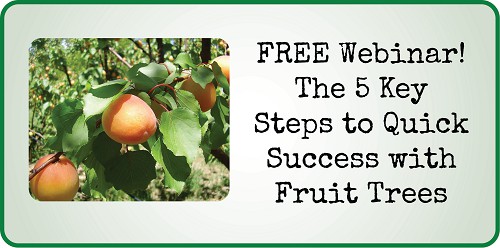
Worm farms provide free fertiliser for fruit trees
It’s not too much of a stretch to say a worm farm is the single best thing you can do at home to provide high-quality, free fertiliser for your fruit trees.
You may not appreciate just how awesome these tiny creatures are. They are truly incredible waste-munching machines.
A worm farm is not only one of the simplest things you can add to your garden to increase soil fertility; it’s also almost free to set up. The only cost may be buying worms if you can’t get some from a friend.
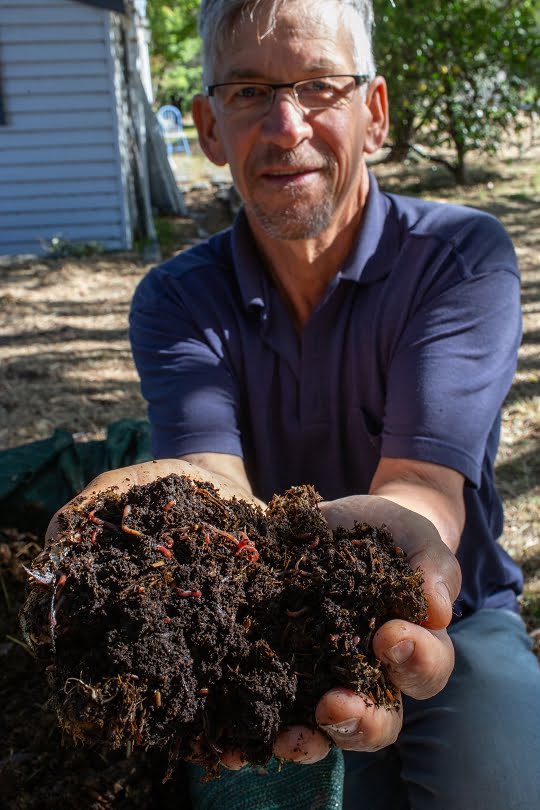
Photo: Biomi’ Photos
Do you have a worm farm? (And are you using it?)
A lot of people imagine worm farms are complicated, messy, or expensive to set up. Done the right way, they can be an easy and cheap way to recycle kitchen scraps.
And the good news is, there’s no need to buy a fancy plastic box setup like the one in the photo below. They (or something similar) are one of the most common types that we see in people’s gardens.
While there’s nothing wrong with this style of worm farm, and it’s quite possible to create a thriving ecosystem in them, they can be a bit prone to problems.
Sadly, they often end up sitting empty, an expensive monument to a failed experiment and a lost opportunity. You’ll be pleased to know, we’re about to tell you about an alternative system!
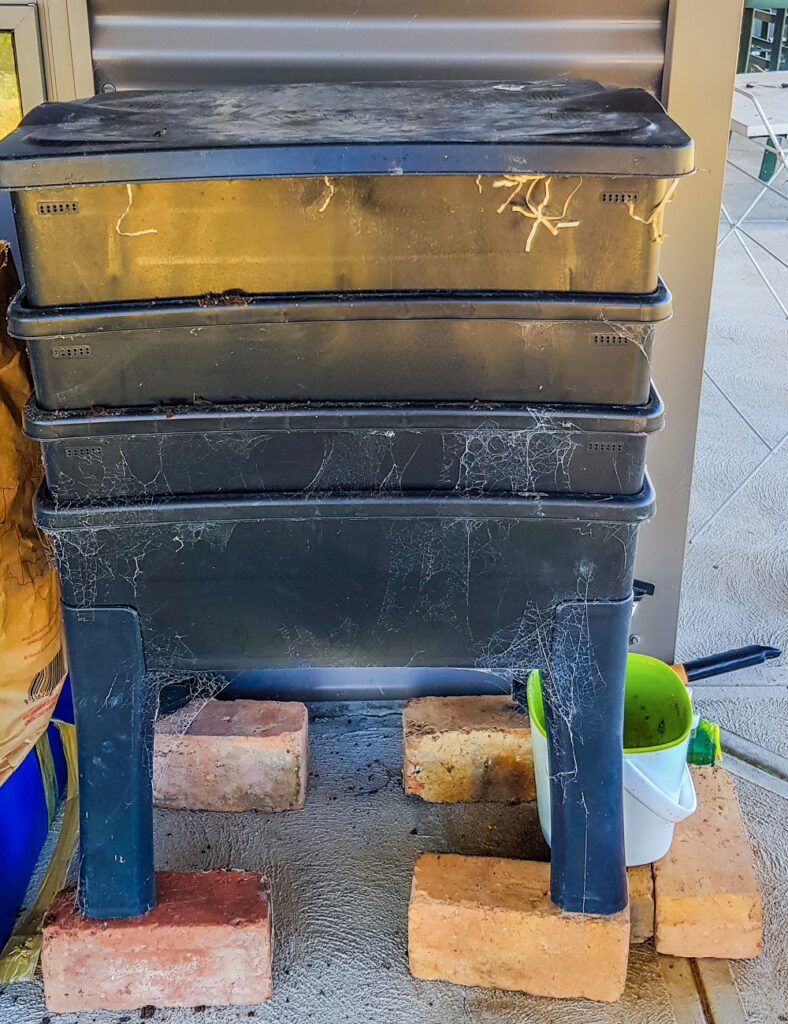
Common problems with worm farms
You might have tried to have a worm farm, but experienced one of the common problems we see:
- Ending up with a pile of sludge.
- The worms all die or mysteriously disappear.
- Letting them dry out.
- Leaving them uncovered in wet conditions so they get waterlogged.
- Letting them get too hot (or not keeping them warm enough).
- Feeding them too much (or not enough).
These are all common reasons that worm farms fail, and people give up. However, they’re simple to avoid when you know what worms need to keep them happy.
5 steps to make an easy worm farm
With just a few simple steps, you can easily build your own worm farm at home using freely available materials. This type of worm farm will provide the right habitat to keep your worms happy.
- Get a suitable box. A simple polystyrene box with a lid will do. You can probably get one from your local organic or fruit and veg shop.
- Line the bottom of the box with some appropriate bedding material and wet it thoroughly. It should be about 10 cm deep in total.
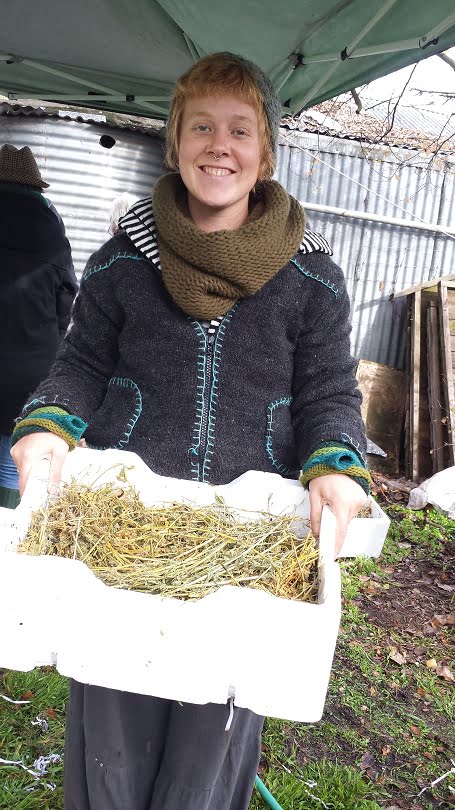
OK, now I’ve got the box, what’s next?
- Add a handful of compost worms. Note: don’t use earthworms, as they have different feeding habits and won’t be happy in a worm farm.
- Put the lid on the box (pierce a few air holes in it first). Place your worm farm in a spot with an even temperature. It needs to be neither too hot nor too cold, and not in direct sunlight.
- Feed the worms regularly, but not too often (be guided by how quickly they are eating the food you’re giving them).
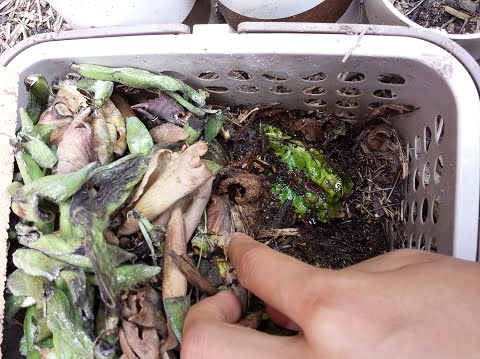
Troubleshooting your worm farm
As long as you’re fussy about the details when you set up your worm farm, you’ll now have a super-powered fertiliser machine in your garden. Most problems are caused by:
- Inappropriate bedding materials
- Using the wrong type of worms
- Not feeding them enough or feeding them too much
- Not enough moisture (or too much)
- Too hot (or too dry!)
Treat your new worm farm like a new pet. Keep it somewhere protected where you see it all the time. Check the worms regularly and take the time to get to know your worms and understand what they need.
Then you just need to sit back and enjoy the lovely “black gold” your worms produce – the finest compost/soil conditioner you’ll ever see!
More Helpful Resources
🪱 How to keep your worm farm happy
🪱 3 simple ways to improve your soil
🪱 Build a Worm Farm and Harness the Power of the Worm
Related Articles
The difference between green manure and understory
Green manure crops, cover crops, and understory all bring great benefits to the soil, but what’s the difference between them?
What’s the best way to control weeds under fruit trees?
Many gardeners hate weeds under their fruit trees. Managed correctly, they can bring many benefits to your trees and soil.
3 ways to manage weeds under fruit trees in spring
Spring is the time when weeds really start to grow under your fruit trees. Managing them well can provide benefits for your soil.

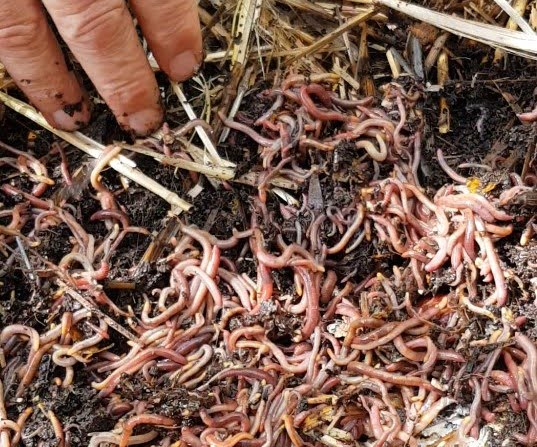
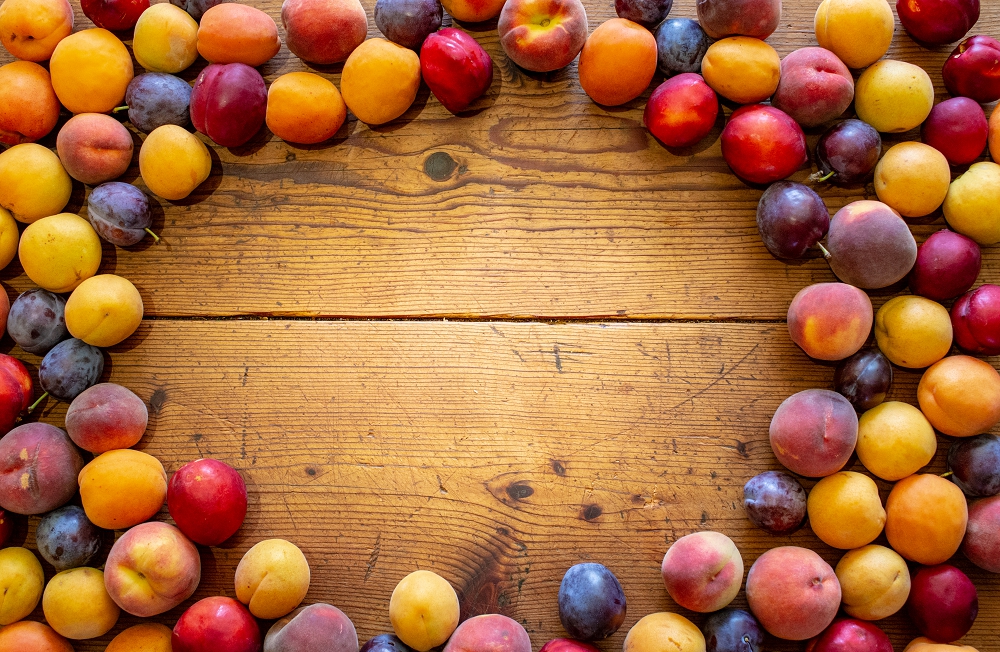
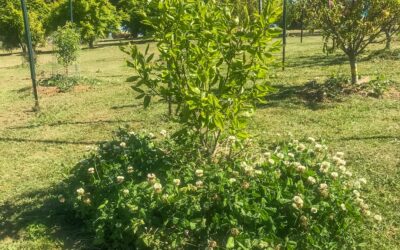
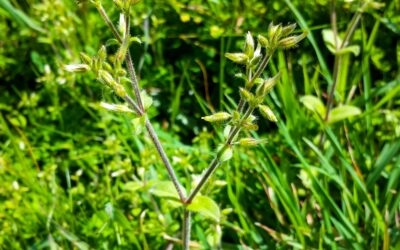
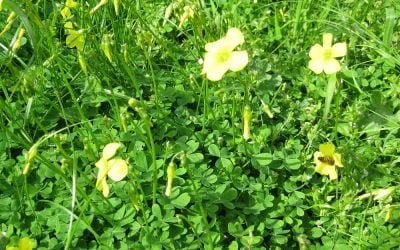
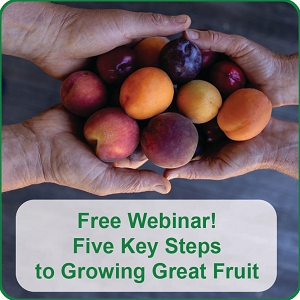
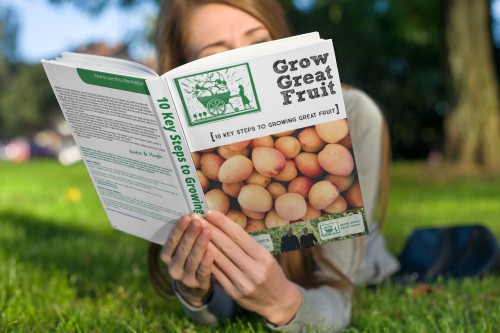
Thank you for the wonderful information on so many areas
I am 92 and have nearly a hectare of garden which I love, but is needing to be more minimum care
Where do I get the right kind of worms?
Cheers. Joy
Bunnings have them.
Hi Joy,
That’s great that you are still able to be out in the garden. As Bob said, Bunnings have compost worms.
Cheers.
Or get some from your compost heap.
You could do that, Ian, but these would be garden worms rather than compost worms. It’s much easier to manage a worm farm with compost worms.
Maybe a silly question but are the words which are in my compost bin (I didn’t put them in there) different to the worms in the soil/ earth (I didn’t put those there either). Where would ‘compost/ worm farm worms’ live if humans didn’t make worm farms for them? I assumed the worms in my compostbins came up from the soil but they do look different (pink and skinny) from the ones in the ground (more brown than pink and fat).
Hi Moya, good question. Compost worms are different to garden worms in that they are top-feeders; garden worms tend to move much deeper through the soil. They will move into a compost bin if it is not a thermal (hot) compost system. Either way, any worms are a good sign.
The reason we specifically get compost worms is that they will eat food (food scraps, green waste) on the surface of the worm farm, leaving their poo (castings) behind. This way it’s possible to build the depth of the castings simply by adding more food on top.
I have had a worm farm for a couple of years now and I totally see the benefits. Healthy in door plants and great for fruit trees. Nothing goes to waste. I just enjoy the recycling that the worms do, awesome little creatures🐛
Yep, worth their weight in gold!
Is worm juice good for citrus trees? 2
Hi Lorraine, it certainly is! Citrus trees are heavy feeders, and the worm juice not only supplies nutrients, but also helps the microbes in the soil do their job better in getting enough nutrition into the trees. Go for it!
I have had a lot of my worms getting to the top of my compost bin and trying to come out the top and drop to the ground. I have put worm farm worms in my composting bin when I set it up. I set it up as per the set up instructions for a worm farm. Could it be that I have too much green matter or coffee grounds? Am getting desperate.
Worms usually only try to escape if the conditions don’t suit. If you have a lot of green stuff in there it might be getting too hot. Have you checked the temperature? Or it may be too wet.
Hope that helps.
After attending your workshop a few years ago I built a worm farm shed with two baths at right angles to each other, one above the other. the top bath drains the “worm juice” into the bottom bath which drains into a bucket. I harvest about 48 Litres of Juice a year which is very concentrated so I dilute it for the garden. Each bath delivers worm castings and compost consecutively so when one is maturing I fill the other. The juice goes round my little orchard and garden and the castings go into select beds each spring. I balance with garden lime. this system is about right for kitchen scraps/annum. The only problem I ever had was when we lost a tree on west side, the shed got baked in the afternoon and all the worms died. Keep up the great work MAFG!
Hey Fritz, nice to hear from you – sounds like a great system you’ve got going there. It’s so satisfying for us to hear back from people years after a workshop that the information is still serving them well, and love the adaptations to suit your own garden. Sounds fabulous!
I would like to know how to use the vermicompost? In the past I have killed off shrubs by perhaps using too much? Think they got burnt by it, is it very strong?
Hi Mary, It’s not possible to kill or even damage things with vermicompost. It does not contain anything that can damage plants and it’s not really possible to use too much. Just use it as you would any compost – add it to your garden, or soak some in water and water it in that way. If you have plants dying then there is something else going on.
Hi my worms are falling in the bottom and drowning . What am I doing wrong .
Hi Annette, your worm farm sounds like it’s too wet. It should be damp enough so when you squeeze some in your hand you can get out a few drops, but not wet enough to drown the worms!
Hi, great post and instructions thanks, also the answers to questions above, Mine has not already been asked and answered above so I’ll add it here to the list-what are the ‘appropaute’ bedding materials to put under the worms when building the worm farm and putting in the bottom of the new diy worm farm please?
Hi jakki, Good bedding materials are things that are fibrous and therefore not easily eaten, so shredded newspaper is great and readily available. Also straw and peat are good materials.
Hi I have heard lots of ways to feed our worms . What do we feed them please. I have been using 2 day old food scraps .
Fresh scraps are fine Kerrieann, and it’s also OK to stockpile them for a few days in the kitchen and then feed the worms. They’ll eat most things but don’t like lots of acidic things all at once. The best tip is to chop the scraps quite fine – worms have tiny mouths!